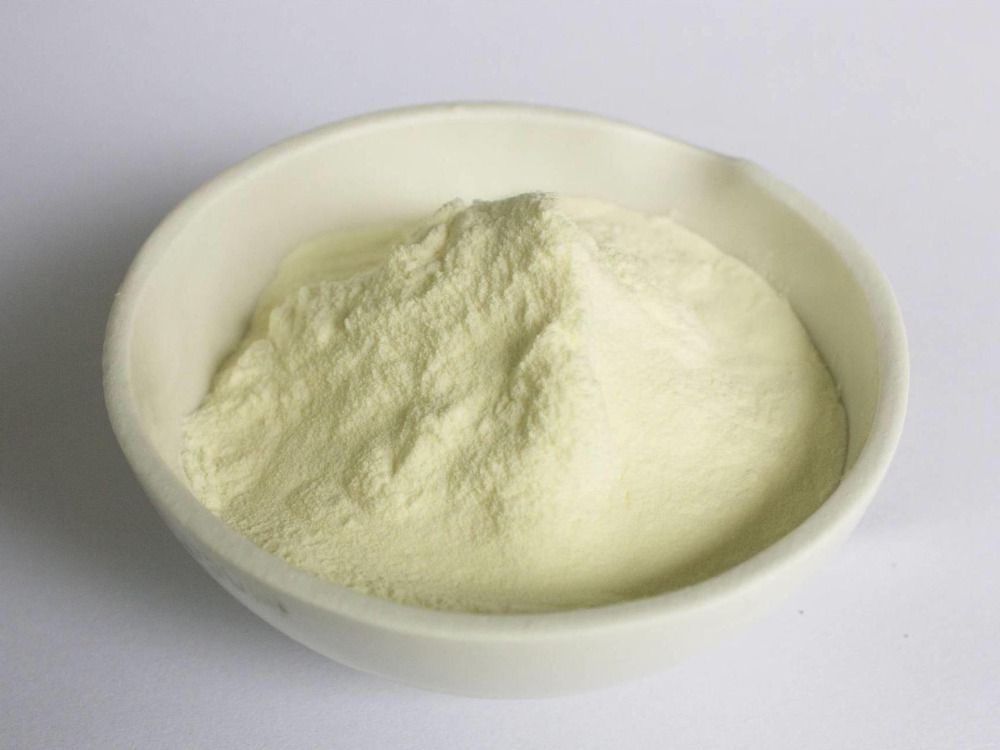Three Applications of Centella Asiatica Extract in Personal Care Products
Centella Asialica is the dried whole grass of Centella asialica ( L.), also known as the line grass, the ground line grass, the old root and so on. It is a perennial creeping herb with slender stems and nodal roots, often curled into a ball. Native to India, now widely distributed in the world's tropical and subtropical regions, in China is mainly distributed in the provinces south of the Yangtze River—Snowgrass likes to be born in the moist riverbanks, swamps, and grasslands.
Tao Hongjing said: that this grass is named for the cold, its nature is very cold, so it is called snow grass. Beginning in “Shen Nong Ben Cao Jing”, indicating that it has a long history of medicinal use in China. Since the 1977 edition of the Chinese Pharmacopoeia, it has been included in all subsequent editions, with the effects of clearing heat and removing toxins, subduing swellings, and inducing dampness. It is used for damp-heat jaundice, heatstroke and diarrhea, sand and blood drenching, carbuncle, swelling and sores, bruises, and injuries.
The Umbelliferae plant Centella Asiatica has a tender texture, good palatability, and can be eaten raw. It is commonly used in southern China for the treatment of colds, tonsillitis, infectious hepatitis, dysentery, bruises, sores, swelling and poisoning, traumatic bleeding, etc., and is usually consumed as herbal tea. It is also used as a vegetable in Southeast Asia, India, Pakistan, Sri Lanka, and South America.
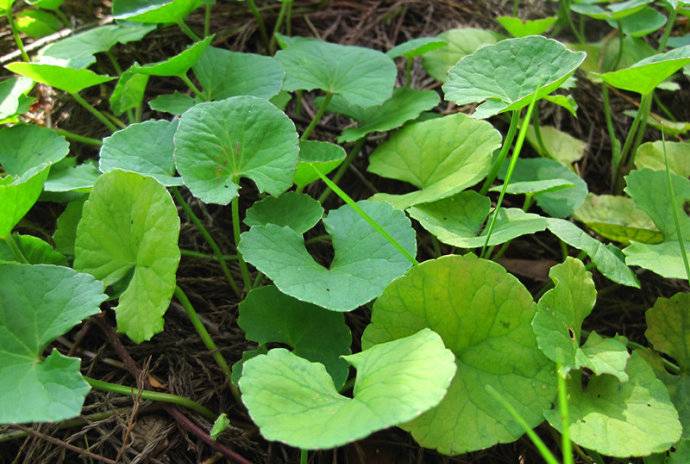
As a traditional medicine, Centella asiatica has been used for a long time in India, Asia, and Africa (e.g. Madagascar), mainly for the treatment of skin and mucous membrane diseases. It is said that Bengal tigers rolled on Centella as a treatment for their wounds, which is why it is also known as “tiger grass” in India. Its pharmacological properties are also different depending on the region. Modern pharmacological studies have shown that Centella Asiatica extract has strong inhibitory effects on the central nervous system, anti-gastric ulcer, anti-cancer, anti-inflammatory, memory enhancement, cardiovascular and cerebral vascular improvement, and other pharmacological effects.
1.The Main Chemical Constituents of Centella Asiatica Extracts
Modern studies have shown that the extract of Centella asiatica contains a variety of α-alpha aroma-resinol type triterpenoids, including asiaticoside, ginsenoside, isosensenoside, hydroxyasiaticoside, boehmoside, pyridostigmine, pyridostigmine and pyridostigmine acid, as well as motorized centella asiatica acid.
In addition, it contains endocannabinoids, asiaticoside (an oligosaccharide), waxes, carotenoids, chlorophyll, and flavonoid glycosides of kaempferol, quercetin, glucose and rhamnose. The whole herb mainly contains triterpene acid and triterpene saponin. Triterpenoids are asiatic acid, hydroxyasiatic acid, isohydroxyasiatic acid and betulinic acid. The triterpenoid saponins are asiaticoside, hydroxyasiaticoside, lodeta trisaccharides and lodeta tetrasaccharides, which are also known as sanguinoside and isosanguinoside. It also contains quercetin and quercetin and its glycosides, cumquat alkaloids, inositol, cumquat oligosaccharides, sterols, vitamin C, carotenoids, green volatile oils, and resinous substances.
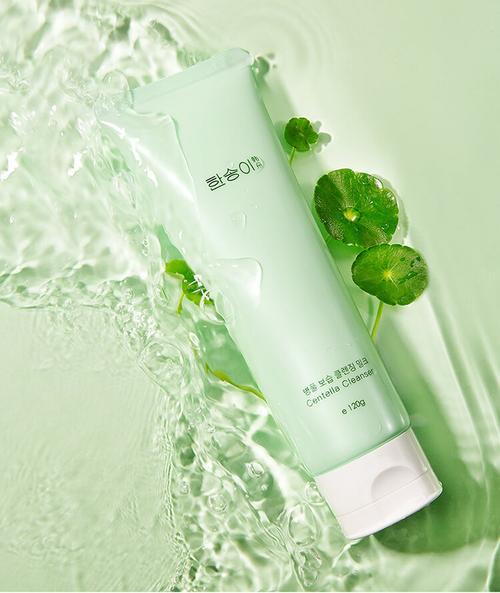
The main active ingredients of Centella Asiatica extract that can be used in cosmetics are Asiatic acid and hydroxyasiatic acid, asiaticoside and hydroxyasiaticoside.
2.Separation and Purification of Centella Asiatica Extracts
Asiaticoside and hydroxyasiaticoside are two index components for the quality control of Centella Asiatica and its related products, and it has been reported that these two components can be separated and purified simultaneously from Centella Asiatica extracts by preparative high performance liquid chromatography (HPLC) in China. The preparative parameters such as mobile phase composition, flow rate, injection volume and detection wavelength were optimized. The chromatographic column was a C18 column (50 mm×200 mm, 5 μm), and the mobile phase was methanol-water (60∶40) at a flow rate of 100 mL/min with a diode array detector at 220 nm and an injection volume of 1.5 mL. The centella asiatica glucoside and hydroxycentella asiatica glucoside were separated from the interfering components with a good separation and the purity was more than 98% in the 20-minute run. The purity of the product was more than 98%.
This method is fast, efficient, and characterized by high purity, and can be used to prepare the control products of cumquatoside and hydroxycumquatoside. It has also been reported abroad that Bayer Pharmaceuticals and Healthcare Company used a titration method to isolate and purify Centella asiatica extract, which was separated from the pure fractionated part and contained more than 95% active molecules, and it is an extremely standardized medicinal grade Centella asiatica extract containing 60% centella asiatica acid and hydroxy centella asiatica and 40% centella asiatica glycoside, which can be used as a traditional medicine, and has been applied in cosmetics because of its strong dermal reorganization activity. It can be used as a traditional medicine and in cosmetics for its potent dermal reorganizing activity.
Meanwhile, it has also been reported that to overcome the shortcomings of stilbene, which is unstable and easy to be inactivate, advanced liposome technology is used to encapsulate stilbene in lipid nano-capsules (also known as artificial cells), which can not only overcome the above shortcomings of stilbene but also play the role of carriers, greatly improve the transdermal efficiency of stilbene, and safely deliver more stilbene to the skin's bottom to play a role in the skin, and can significantly enhance the repair effect on the damaged muscle. It can significantly enhance the repairing effect on damaged skin.
3.Application of Centella asiatica Extract in Cosmetics
3.1 Antibacterial Activity of Centella Asiatica Extracts
Centella asiatica extract contains asiatic acid and hydroxyasiatic acid, active saponins that acidify the cytoplasm of plant cells. This antimicrobial activity protects the plant itself against molds and yeasts. Experiments have shown that Centella asiatica extract has a certain inhibitory effect on Pseudomonas aeruginosa, Staphylococcus aureus, and Acinetobacter spp. It has also been reported that freshly washed Centella asiatica is used in the treatment of furuncles by applying it to the affected area in a poultice. With this characteristic, Centella asiatica extract can be used for the treatment of acne or in disposable sanitary products.
3.2 Anti-Inflammatory Activity of Centella Asiatica Extracts
Centella Asiatica extract can reduce the production of pro-inflammatory mediators (IL-1, MMP-1), improve and repair the skin's barrier function, and prevent and correct skin immune disorders. Some people have conducted controlled experiments on the total glycosides of Centella Asiatica and dexamethasone, including the experiments of rat cotton ball granuloma and xylene-induced ear swelling in mice, which showed that the total glycosides of Centella Asiatica have obvious anti-inflammatory effects.

Centella Asiatica also has antibacterial and antiviral effects on Staphylococcus aureus and Streptococcus pyogenes. Yu-JenChen et al. [ 3] also found that Centella Asiatica extracts with a dermal dosage of 16 mg/cm2 had different degrees of therapeutic effects on the skin injuries caused by three kinds of different intensities of radiation, which were not significantly different from the therapeutic effects of the western medicine Tetran- drine (Tetran- drine), but also had the same therapeutic effects. The therapeutic effect was not significantly different from that of the western medicine Tetrandrine, but it began to reduce the skin reaction 12-15 days earlier than that of Tetrandrin, indicating that Centella Asiatica extract has anti-inflammatory activity. This suggests that Centella Asiatica extract has anti-inflammatory activity. Using this property of Centella Asiatica extract, we can apply it to post-sunburn repair and anti sensitization and soothing cosmetics.
3.3 Fibroblast and Collagen Synthesis Promoting Effect of Centella Asiatica Extracts
After more than 20 years of scientific research, Centella asiatica extract can promote the synthesis of collagen Ⅰ and Ⅲ, and also promote the secretion of mucopolysaccharides (e.g., the synthesis of hyaluronic acid), increase the degree of water retention of the skin, revitalize and renew the skin cells, and make the skin soothing, uplifting, and glossy; on the other hand, through the cDNA alignment test study, it was found that Centella Asiatica extract has the effect of fibroblast gene activation, which can enhance the vitality of the basal layer of skin cells, maintain the elasticity and firmness of the skin, and smooth the face of the fine small. On the other hand, the cDNA alignment test also found that Centella Asiatica extract has the effect of activating fibroblast genes, which can enhance the vitality of cells in the basal layer of the skin, maintain the skin's elasticity and firmness, and smooth out fine wrinkles.
Lv Luo and Wei Shaomin[ 4] also found that after applying different doses of asiaticoside and hydroxyasiaticoside to cultured fibroblasts (HumanSkinF broblas, t HSFb), the amount of type I precollagen amino-terminal peptide (PⅠ NP) and type III precollagen amino-terminal peptide (PⅢ NP) in the supernatants of the experimental group and the blank control group were measured by radioimmunoassay. (PIII NP) in the cell supernatants of the experimental group and the blank control group.
The results showed that: (1) compared with the blank control group, asiaticoside and hydroxyasiaticoside could effectively stimulate the secretion of PⅠ NP and PⅢ NP in HSFb cultured in vitro; (2) asiaticoside and hydroxyasiaticoside stimulated the secretion of PⅠ NP and PⅢ NP from target cells with obvious quantitative effects; (3) in the dose range of 10 μg/mL-150 μg/mL, the effects of Ad on the secretion of PⅠ NP in HSFb showed a more effective effect than MⅠNP in the supernatant of MⅠNP; (4) the effects of Ad on the secretion of PⅠ NP were more effective than those of MⅡNP. NP secretion stimulated by HSFb at the dose of 10 μg/mL~150 μg/mL, Ad showed stronger biological activity than Md (P<0.01). The experiments showed that the extract of Centella Asiatica could significantly promote the synthesis of fibroblasts and collagen.
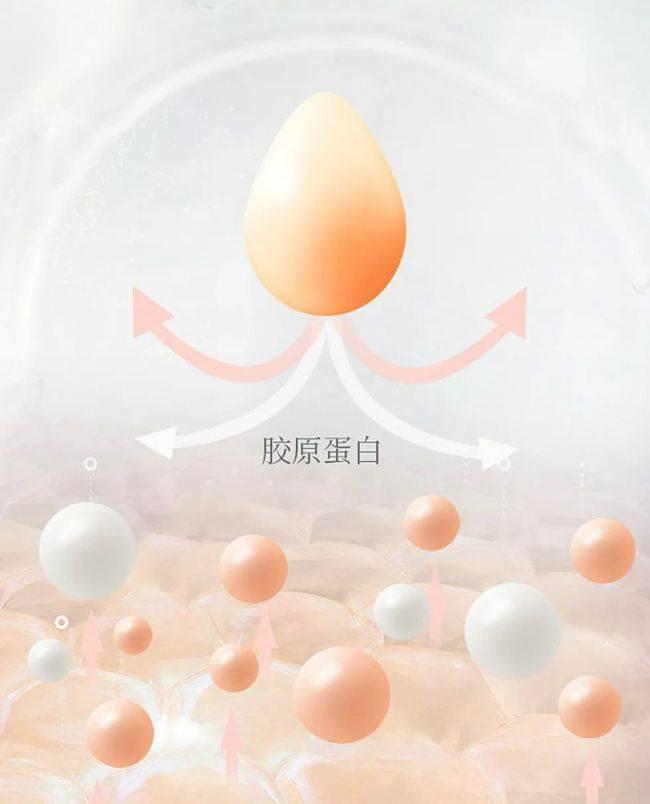
Pharmacological studies conducted by scholars at home and abroad [7-8] have shown that Centella Asiatica extracts have excellent wound healing and scar-repairing effects, which can be attributed to the fact that Centella Asiatica glycosides have the important effects of promoting collagen synthesis and neovascularization in the body and stimulating the growth of granulation, which is beneficial to wound healing. For example, the continuous application of the preparation containing centella asiatica glycosides on skin wounds can prevent wound infection and suppuration, shorten the wound healing time, reduce the hardness of the skin and improve skin nutrition, and promote the effect of metabolism.
Pan Shu et al. [ 6] cultured human scar fibroblasts by tissue block method, and used flow cytometry and immunocytological chemistry to detect the changes of cell cycle and phosphorylated Smad2 and Smad7 in normal conditions and after the application of Centella Asiatica glucoside. The results demonstrated that the scarring inhibitory effect of Centella Asiatica glycosides could be mediated through the Smad pathway. The natural origin of Centella Asiatica extract, commonly known as “plant collagen”, is very suitable for the treatment of damaged skin.
Bayer [5] conducted a double-blind human study on 40 women volunteers with existing stretch marks, using an oil/water/oil formulation containing 1% Centella Asiatica extract applied twice daily for 3 months.
The experimental results are shown in Table 1.
Table 1 Experimental results of oil/water/oil formulation containing 1% Centella asiatica extract.
The Width of Pregnancy Marks | The Length of Pregnancy Marks | The Color of Pregnancy Marks |
-26% | -40% | -50% |
(Compared to a Blank Control Sample) | (Compared to a Blank Control Sample) | (Compared to a Blank Control Sample) |
At the same time, the company's tests also showed that Centella asiatica extract can accelerate the process of scar repair, healing time can be shortened by 40%; it can also prevent stretch marks during pregnancy.
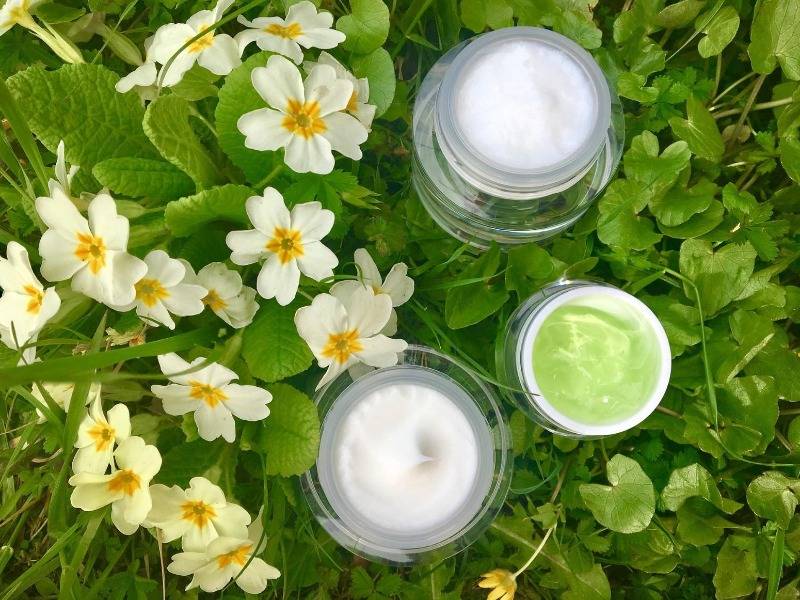
3.4 Other Effects of Centella Asiatica Extracts
Centella asiatica extract also has strong antioxidant effects, can inhibit free radicals, lighten melanin, improve skin blood circulation, skin cell regeneration, help melanin metabolism out of the body, after the use of the skin smooth and tender, whitening and bright.
4.Formulation Examples
Table 2 Formulations of scar removal gels containing Centella Asiatica extracts
Ingredient Name | INCI Name | Consumption /% ( wt) | |
A | CarbopolUltrez21( Capo ) | Acrylates/C10-30 AlkylAcrylatescrosspolymer | 0.5 |
Glycerol | Glycerin | 5.0 | |
Propylene Glycol | PropyleneGlycol | 5.0 | |
Deionized Water | Deionizedwater | Add to 100.0 | |
B | Triethanolamine | Triethanolamine | 0.5 |
C | Preservative | Preservative | 0.4 |
Centella Asiatica Extract | HerbaCentellae | 5.0 | |
Aloe Vera Extract | Ext loe , | 1.0 | |
Ethoxydiethyleneglycol | Ethoxydiglycol | 5.0 | |
Oat Glucan | β -G lucan | 2.0 |
Process
(1) Disperse Capo in deionized water, fully immerse it, and start stirring evenly; Add the remaining components of phase A and stir thoroughly until uniform;
(2) Add phase B solution and stir thoroughly until transparent;
(3) Add the C phase components in sequence and stir thoroughly until uniform.
5.Conclusion
In summary, centella asiatica extract, a unique "plant collagen protein", can have various effects such as antibacterial and anti-inflammatory, promoting the synthesis of collagen and fibroblasts. It can be expected that centella asiatica extract has broad market prospects in various personal care product fields such as burn healing, scar repair (including stretch mark removal products), wrinkle resistance, anti-aging, acne removal, and breast shaping.
References
[1] Qiu, B.-Y. Cosmetic Chemistry and Process Technology [ M]. Beijing: China Light Industry Press, 1997.
[2] Liu Yu, Zhao Yuqing. Research on the chemical composition of Centella Asiatica [ J]. Chinese Modern Traditional Medicine, 2008, ( 03 ):7-9.
[3] CHEN Hui, WANG Wei Nic. Progress of Clinical and Experimental Studies on Centella asiatica Glycosides in Dermatology [ J]. Journal of Hubei College of Traditional Chinese Medicine, 2008, 10 ( 01):64-65.
[4] Lv Luo, Ying Kang, Wei Shaomin, et al. Effects of Centella asiatica glycosides on collagen-associated genes in fibroblasts [ J].
Effects of Centella asiatica glycosides on collagen-related genes in fibroblasts [J]. J]. Daily Chemical Industry, 2004, ( 06) :344-346.
[5] Cetin, France, Technical Data.
[6] Pan Shu, et al. Effects of asiaticoside on the proliferation of scar fibroblasts and the expression of phosphorylated Smad2 and Smad7 [J]. World Clinical Drugs, 2004, 25( 02 ):99 - 102.
[7] BioallerR, BrennerDA.LiverFibrosis[ J]. J. Clin Invest, 2005, 115:209-218.
[8] Friedmen SL.Mechanismsofhepatic fibrosisand therapeutic mi- plications[ J].NatureClin Prac GastroenterolHepatol, 2004, ( 01 ):98-105.
-
Prev
The 8 Extraction Methods of Centella Asiatica Extract
-
Next
Do You Know A New Process For Efficient Extraction Of High Purity Centella Asiatica Glycosides?


 English
English French
French Spanish
Spanish Russian
Russian Korean
Korean Japanese
Japanese